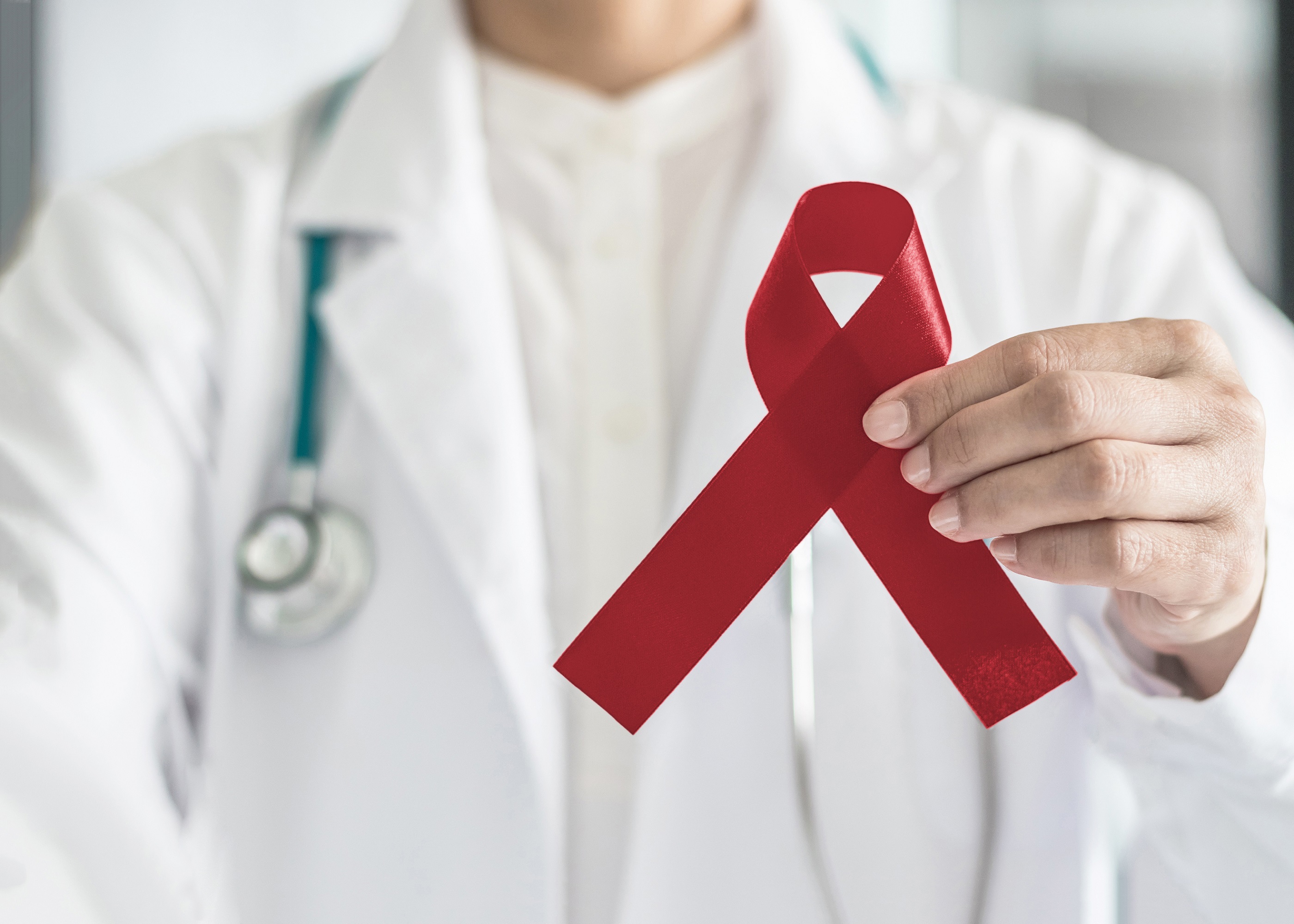Multiple Myeloma: Signs, Symptoms, and Treatment

May 13, 2020
Multiple myeloma is a cancer of the bone marrow that is increasing in incidence with the aging of the population. Some people have "precursor" diseases that have the potential to turn into multiple myeloma, such as smoldering multiple myeloma and MGUS (monoclonal gammopathy of undetermined significance), which are often detected on routine blood tests or during testing for other illnesses. These disorders usually don't cause any symptoms.
When multiple myeloma does develop, however, there are different signs and symptoms that may arise. Here's what to look out for.
Common Symptoms of Multiple Myeloma
The symptoms of multiple myeloma vary from one patient to the next, depending on the stage of the disease. This cancer disrupts normal cell production, which can lead to problems in the bones, blood, and kidneys. Common symptoms include:
- Bone pain, often in the back or ribs
- Fractures (broken bones)
- Weakness or fatigue
- Weight loss
- Frequent infections and fevers
- Feeling very thirsty
- Frequent urination
How to Know if Your Symptoms Are Caused by Multiple Myeloma
"As you can see, these symptoms are fairly general and are similar to those related to many other conditions. That's why if you have any of these symptoms and they're not going away or they are getting worse, it's important to see your doctor," explained Noa Biran, M.D., a hematologist-oncologist who cares for patients with multiple myeloma at John Theurer Cancer Center at Hackensack University Medical Center.
Physicians diagnose multiple myeloma using:
- Blood tests to measure levels of M protein, which is elevated in people with multiple myeloma; to see how the disease is affecting the numbers of red and white blood cells and platelets; and to look for other indicators of disease.
- Urine tests to assess kidney function.
- Imaging tests such as x-rays, MRI, CT scans, and PET scans to look at the effects of the disease on the bones.
- Bone marrow biopsy to measure the quantity of plasma cells, which are found in higher numbers in the bone marrow of people with multiple myeloma.
- Genomic profiling (sequencing) to look for genetic mutations related to multiple myeloma that can help doctors understand the subtype of disease you may have and match patients with the best therapies.
What's Next?
If you have multiple myeloma that is causing symptoms, you will need to begin treatment. You may have chemotherapy, stem cell transplantation, radiation therapy, targeted therapy, or a combination of these treatments, depending on the stage and subtype of multiple myeloma that you have. Targeted therapies include drugs that attack specific cancer cells, causing less harm to normal cells.
Some patients are able to participate in a clinical trial of CAR T-cell therapy for multiple myeloma—a highly promising form of immunotherapy. John Theurer Cancer Center is one of the few sites around the world offering this investigational treatment for multiple myeloma. During CAR T-cell therapy, immune cells called T cells are removed, genetically altered to recognize certain targets on cancer cells, grown to larger quantities, and returned to the patient to find and kill myeloma cells.
Customizing Your Care
"While two cases of multiple myeloma can look the same under the microscope and may appear to be the same disease, we now know that there are different subsets of myeloma, each with its own biological features and behavior," noted Dr. Biran, "That’s why we don’t take a one-size-fits-all approach to myeloma treatment. At John Theurer Cancer Center, we perform a comprehensive molecular analysis of each patient's cancer to determine its subtype and match them with the most appropriate therapy." This "precision medicine" approach ensures that patients receive the therapy that is best suited to the biology of their cancer, offering the greatest chance of success.
Next Steps & Resources:
- Meet our source: Noa Biran, M.D.
- To make an appointment with a doctor near you, call 800-822-8905 or visit our website.
- Learn more about multiple myeloma care at John Theurer Cancer Center.
The material provided through HealthU is intended to be used as general information only and should not replace the advice of your physician. Always consult your physician for individual care.
Find a doctor near me
Clinical Contributors
Budd Lake Man Achieves Remission

Michael Masterson of Budd Lake, New Jersey, was working full-time as an electrical engineer, he noticed something odd: His jaw felt numb.
What Happens When You Are Diagnosed with Cancer?

Facing a cancer diagnosis? Learn how a dedicated care team supports you through treatment and recovery. Find resources and hope. Call 800-822-8905.
Find a doctor near me

How to Form Your Cancer Care Team
Build your cancer care team. Learn about oncologists, surgeons, nurse navigators, and more. Get support and guidance for your journey.

Choosing to Keep Cancer a Secret
Facing a cancer diagnosis? Dr. Doumas offers support. Learn how sharing your diagnosis can ease stress and improve your well-being. Call 800-822-8905.

What Are Cancer Vaccines?
Learn about cancer vaccines from leading experts. Discover preventative and treatment options. Schedule an appointment today.

What Genetics Can Tell You About Your Cancer Risk
Learn about your cancer risk. Genetic testing may reveal increased risk. Family history is key. Schedule an appointment today.

